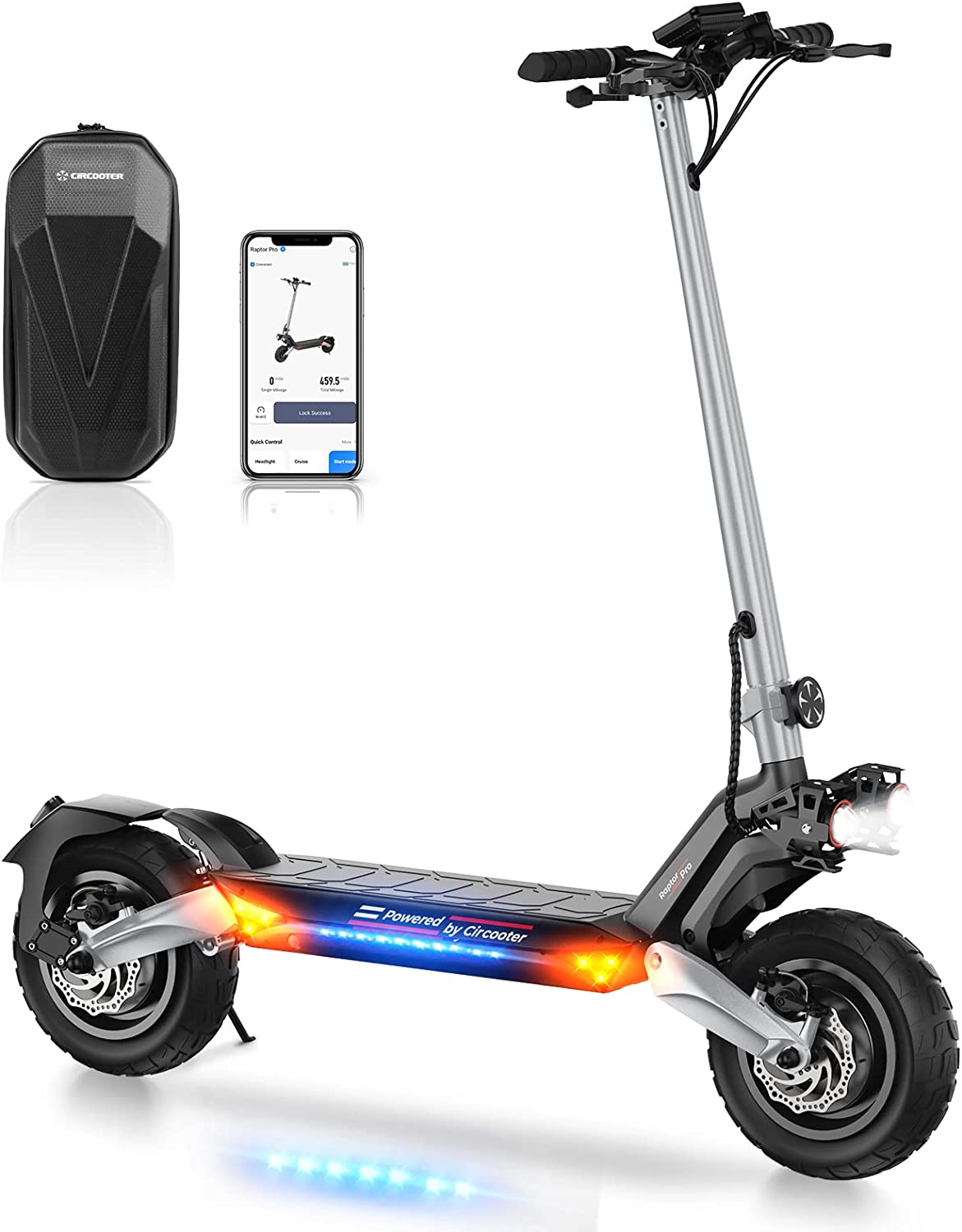If you’re a car owner or mechanic, you may have heard of OBD2 code readers. These handy devices can help you diagnose and fix problems with your car’s engine, transmission, and other systems. In this article, we’ll take a closer look at how Ancel OBD2 code readers work, what features to look for, and why they’re an essential tool for anyone who works on cars.
Table of Contents
What is an OBD2 Code Reader?
An OBD2 code reader is a small handheld device that connects to your car’s OBD2 port, which is usually located under the dashboard. OBD stands for On-Board Diagnostics, and the OBD2 standard was introduced in the 1990s as a way to standardize the diagnostic system used in all cars sold in the United States.
When you connect an OBD2 code reader to your car, it will retrieve diagnostic trouble codes (DTCs) stored in the car’s computer. These codes can help you pinpoint the source of a problem with your car’s engine, transmission, or other systems. With an OBD2 code reader, you can read and clear these codes, and in some cases, even perform advanced diagnostics.
Why Do You Need an OBD2 Code Reader?
There are several reasons why you might need an OBD2 code reader. Here are some of the most common:
Check Engine Light:
If your car’s check engine light is on, an OBD2 code reader can help you determine the cause of the problem. The code reader will retrieve the DTC stored in the car’s computer, and you can use that information to diagnose the issue.
Preventive Maintenance:
By using an OBD2 code reader to monitor your car’s systems, you can catch problems before they become more serious. For example, you can use a code reader to check the oxygen sensor readings, which can indicate when it’s time to replace the sensor.

Save Money:
If you’re a DIY mechanic, an Ancel OBD2 code reader can help you avoid costly trips to the dealership or mechanic. By diagnosing the problem yourself, you can save money on labor costs and parts.
Features to Look for in an OBD2 Code Reader
Not all OBD2 code readers are created equal. Here are some of the features to look for when choosing a code reader.
Compatibility:
Make sure the code reader is compatible with your car’s make and model. Some code readers only work with certain types of cars.
DTC Retrieval:
Look for a code reader that can retrieve all the DTCs stored in your car’s computer, not just the generic codes.
Live Data:
Some code readers can display live data from your car’s sensors, which can be helpful when diagnosing problems.
Code Definitions:
Choose a code reader that provides clear definitions of the codes, so you can easily understand what they mean.
User-Friendly:
Look for a code reader that’s easy to use, with a clear display and intuitive menu.
Conclusion
OBD2 code readers are a must-have tool for anyone who works on cars. With a code reader, you can diagnose and fix problems with your car’s engine, transmission, and other systems, saving you time and money. When choosing a code reader, look for one that’s compatible with your car, can retrieve all the DTCs, and provides clear code definitions. With the right code reader in hand, you’ll be well-equipped to tackle











